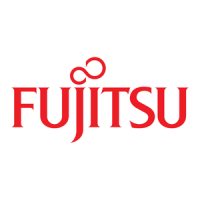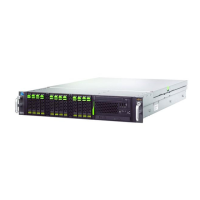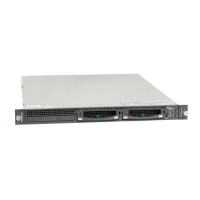U41855-J-Z125-3-76 21
Dokuschablonen 19x24 Version 7.4de für FrameMaker V7.x vom 09.02.2010 © cognitas GmbH 2001-2010
19. March 2018 Stand 18:25.47 Pfad: P:\FTS-BS\Server\SE-Server\SE-Doku\1303912_BuV_062\BuV_e\buv.k02
2 Architecture and strategies
2.1 Architecture
In the maximum configuration, a FUJITSU Server BS2000 of the SE Series (SE server for
short) consists of the following components:
● Management Unit (MU) with SE Manager
The operation of the SE server with a single Management Unit is called a "single-MU
configuration". The Management Unit can be redundant in design. An SE server
configuration with more than one Management Unit (MU redundancy on the SE server
or Management Cluster with two SE servers) is called "multi-MU configuration".
MU redundancy ensures that the components of the SE server can still be operated if
one MU fails. In particular this means that the SKP functionality is then still available for
operating an SU /390.
● Server Unit (SU)
– An SU /390 enables operation of BS2000 (Native BS2000 or VM2000).
– An SU x86 enables operation of BS2000 (Native BS2000 or VM2000). XenVM
operation with Linux or Windows guest systems is also possible as an option.
Depending on the model family, the following combinations are possible:
– SE700 with an SU /390 and optionally up to two further SU x86
– SE500 with an SU /390 and optionally up to two further SU x86
– SE300 with an SU x86 and optionally up to two further SU x86
● Application Unit (AU)
Multiple AUs can be operated on the SE server. An AU enables operation of
applications under Linux, Windows or hypervisor-based systems.
A distinction is made between AUs depending on the hardware base:
● Application Unit PY refers to all PRIMERGY-based AUs (e.g. hardware model AU25
or AU47).
● Application Unit PQ refers to all PRIMEQUEST-based AU (e.g. hardware model
AU87 or DBU87).

